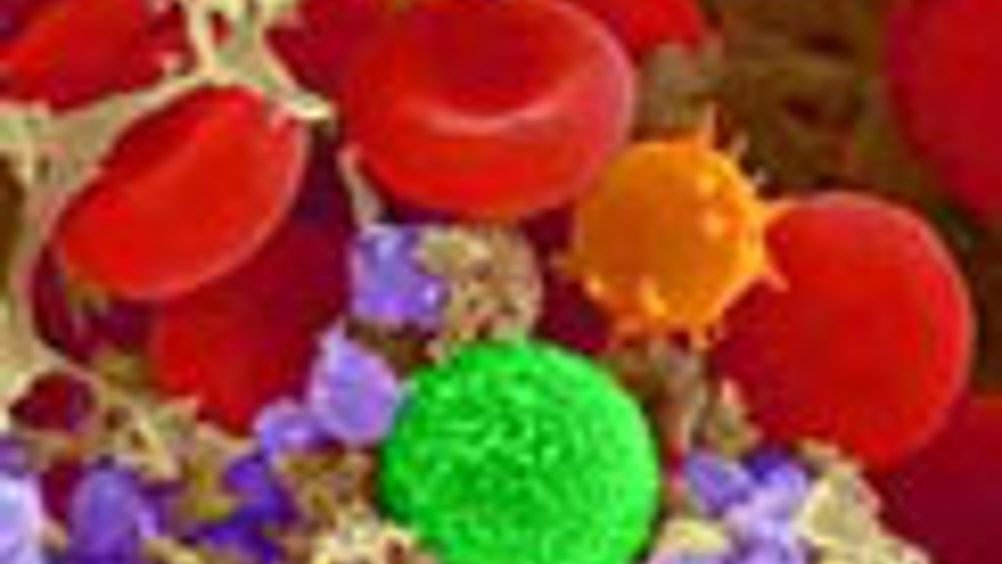Magnetic method

UCL scientists have used microscopic magnetic particles to bring stem cells to sites of cardiovascular injury.
The new method is designed to increase the capacity of cells to repair damaged tissue.
With this technique, endothelial progenitor cells - a type of stem cell shown to be important in vascular healing processes - are magnetically tagged with a tiny iron-containing clinical agent, then successfully targeted to a site of arterial injury using a magnet positioned outside the body.
Following magnetic targeting, there was a five-fold increase in cell localisation at a site of vascular injury in rats. The team also demonstrated a six-fold increase in cell capture in an in-vitro flow system where microscopic particles are suspended in a stream of fluid and examined to see how they behave.
Although magnetic fields have been used to guide cellular therapies, this is the first time that cells have been targeted using a method directly applicable to clinical practice. The technique uses a US Food and Drug Administration (FDA)-approved agent that is already used to monitor cells in humans using magnetic resonance imaging (MRI).
Register now to continue reading
Thanks for visiting The Engineer. You’ve now reached your monthly limit of news stories. Register for free to unlock unlimited access to all of our news coverage, as well as premium content including opinion, in-depth features and special reports.
Benefits of registering
-
In-depth insights and coverage of key emerging trends
-
Unrestricted access to special reports throughout the year
-
Daily technology news delivered straight to your inbox










UK Automotive Feeling The Pinch Of Skills Shortage
Not so much attracting skills to the UK but generating skills within the UK is what is needed! That statement suggest they are in effect wanting to...